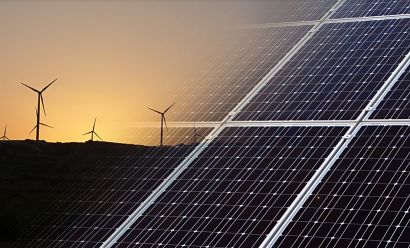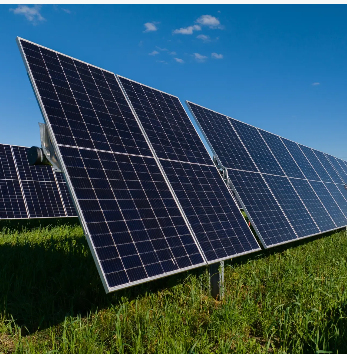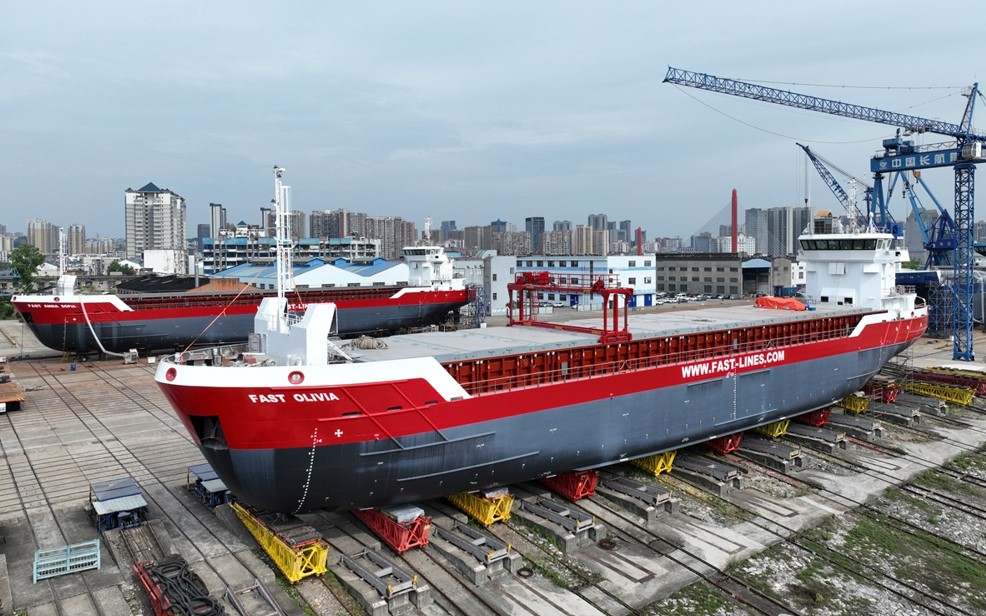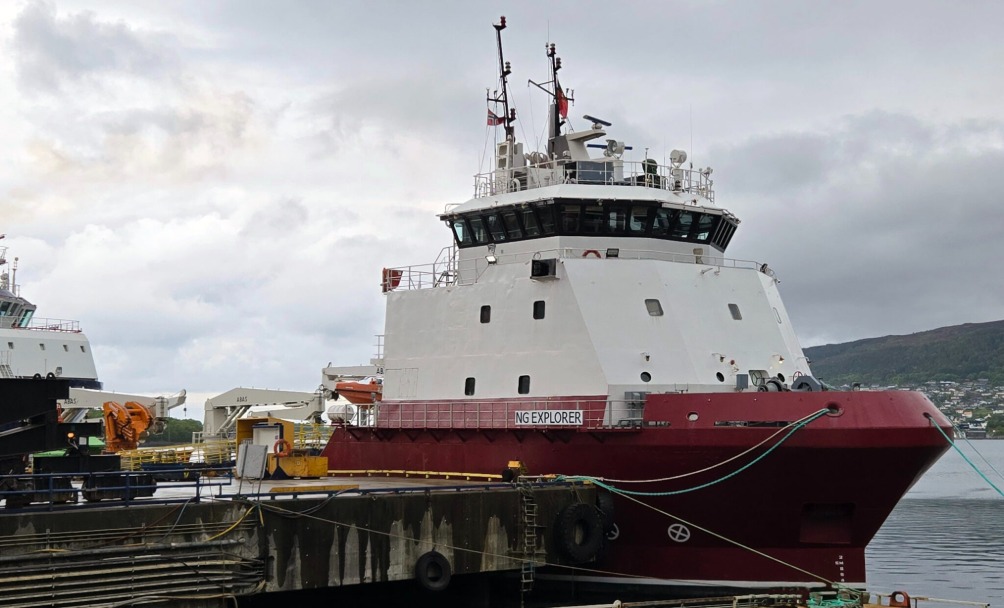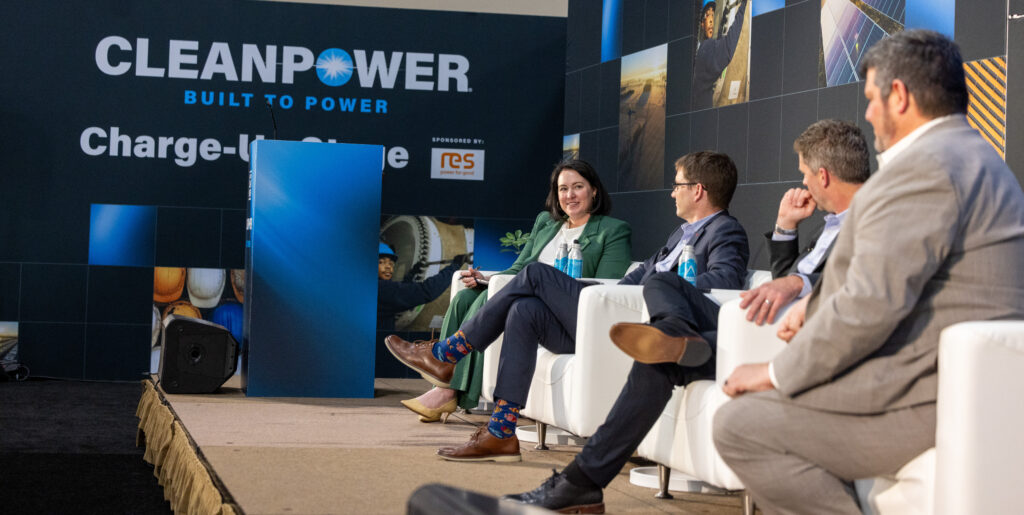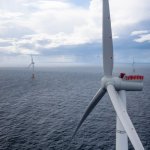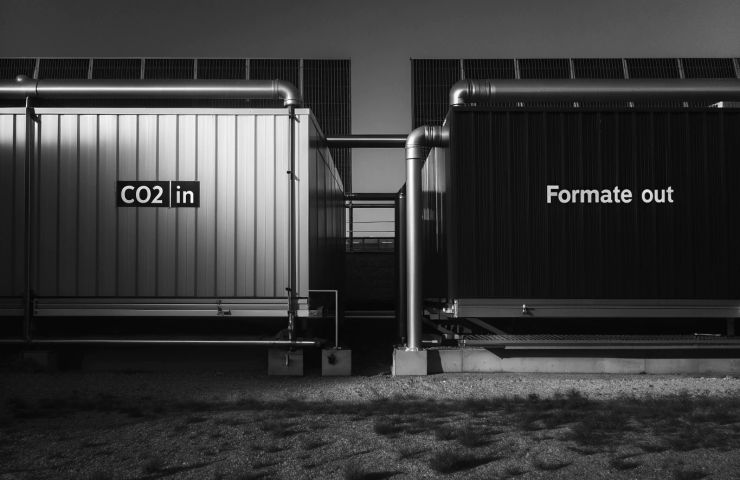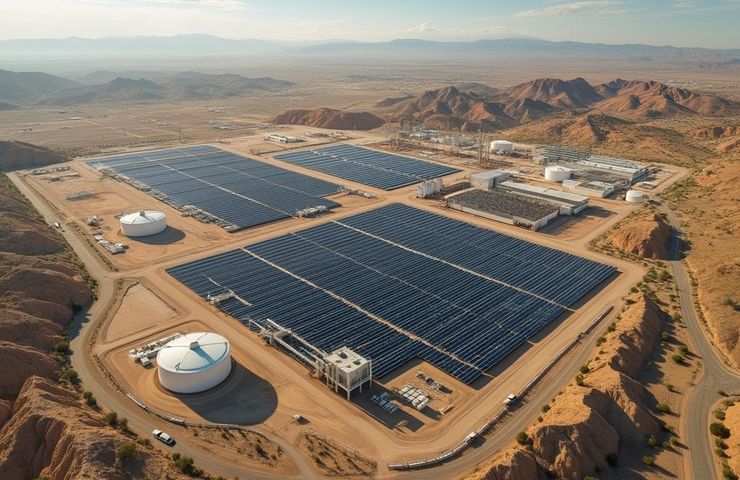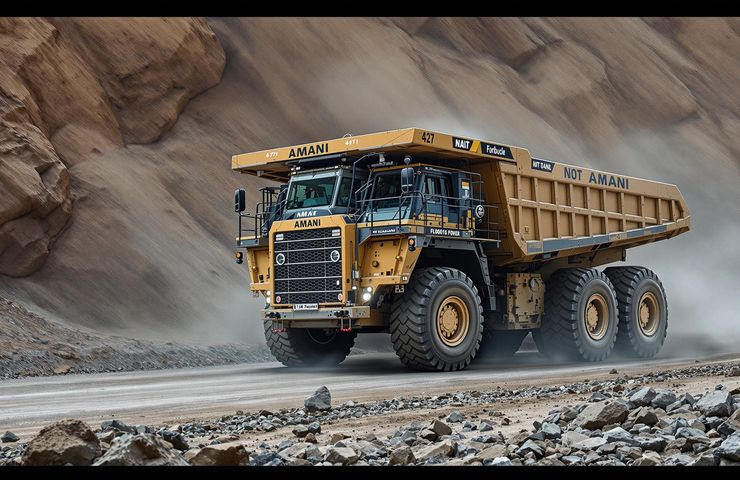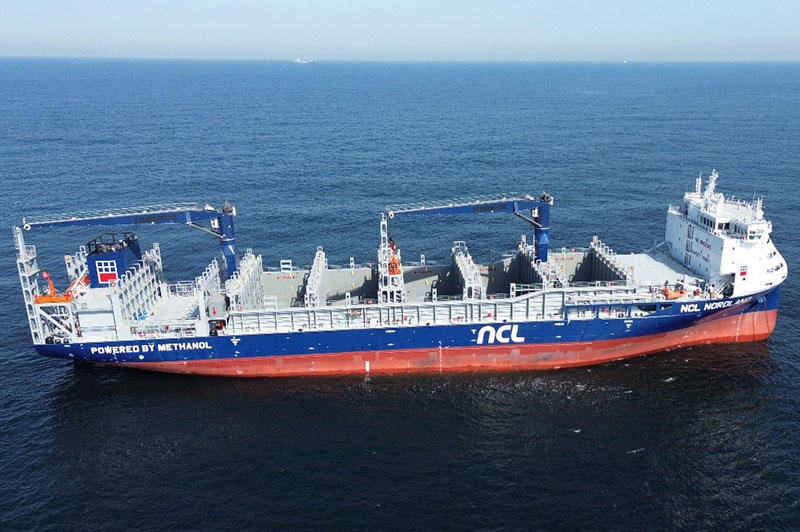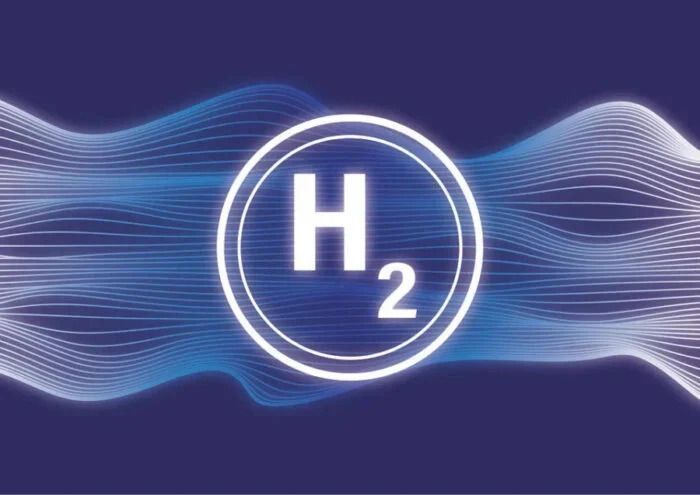Ballard Sends 1.5 MW of Hydrogen Fuel Cells onto U.S. Rails with Sierra Deal
Hydrogen fuel cells are no longer just a futuristic promise—they’re now firmly on track in America’s freight rail system. On…
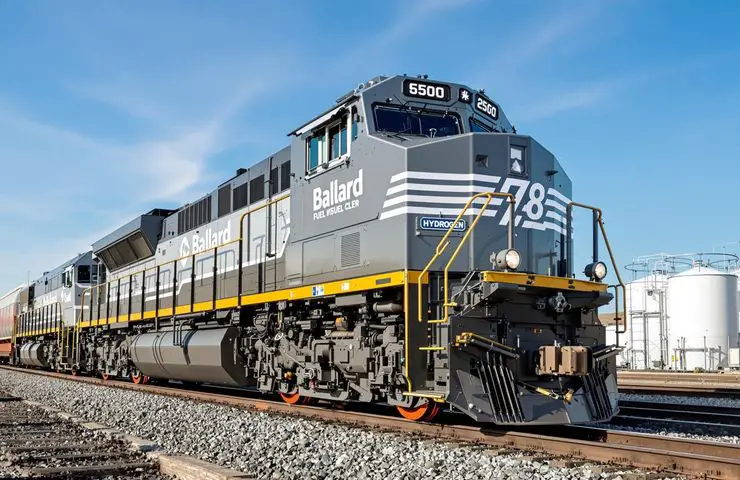

Hydrogen fuel cells are no longer just a futuristic promise—they’re now firmly on track in America’s freight rail system. On June 5, 2025, Ballard Power Systems inked a deal with Sierra Northern Railway to supply 1.5 MW worth of PEM fuel cell engines. That’s twelve FCmove-XD modules set to power up switching locomotives along a 105-mile California rail line. Delivery’s coming next year, and these engines aren’t just for show—they’re going straight to work.
Hydrogen Rolling, No Wires Attached
This partnership is all about converting three existing diesel locomotives into hydrogen-powered, zero-emission workhorses. Instead of sinking cash into the complex and expensive overhead wiring needed for electrification, Sierra Northern is opting for a simpler formula: compressed hydrogen, fuel cells, and electric traction motors. No catenary lines, no diesel fumes—just clean, quiet power on rails.
What It Means
This isn’t another experiment wrapped in press releases. It’s a real deployment. With California tightening emissions rules, this move is both practical and strategic. Ballard now gets its foot in the door of the U.S. rail market—a space notoriously slow to evolve. For Sierra Northern, it’s a smart, forward-leaning decision to meet regulations without sacrificing performance. It’s compliance with an edge.
A Technical Shot in the Arm
The FCmove-XD modules deliver exactly what freight rail demands: long range, fast refueling, and zero tailpipe emissions. They’re designed to slot right into existing rail operations with minimal disruption. By using Proton Exchange Membrane (PEM) technology, these fuel cells generate electricity by combining hydrogen and oxygen—leaving only water vapor in their wake. That’s right: no smog, no particulates, just steam.
Strategic Lens
This project isn’t just a one-off—it could hint at something bigger. Sierra Northern’s parent, Sierra Railroad Co., also owns Sierra Energy, the brains behind FastOx® gasification technology. Translation? They’re exploring ways to make hydrogen from waste. If they play their cards right, we could be looking at a fully integrated loop: turning local trash into clean rail fuel. That’s a bold idea with real staying power.
Context Is King
Let’s face it—switching locomotives have been dirty machines for a long time, and smaller rail lines usually get skipped in electrification plans. That’s exactly where hydrogen fuel cells come in. They fill a sweet spot: too short for full electrification, too expensive to keep running on diesel under today’s carbon penalties. For California, this transition backs its aggressive industrial decarbonization targets—swapping out diesel without tearing up tracks or building new grids.
The Maverick View
Honestly, this should’ve happened years ago. But better late than never—and now that it’s rolling, it needs momentum. This is a proving ground moment for fuel cell technology in U.S. rail. If these engines pull their weight in demanding, day-to-day ops, Ballard could cement itself as the go-to for clean freight solutions. And rail clients? They’re the type who don’t care about flashy headlines—they care about uptime and cost per mile. Now it’s showtime.
One Last Thought
Diesel’s not gone yet, but it’s on borrowed time. If operators can decarbonize without gutting their infrastructure, we might be seeing the opening act of a rail revolution. And with hydrogen infrastructure growing, the next trains rumbling down the line may leave behind nothing but the shimmer of zero-emission technology—and a whole lot less smog.
What's Your Reaction?

















